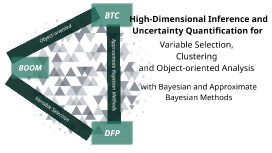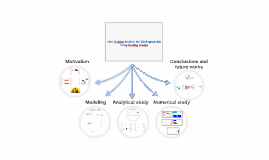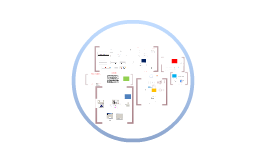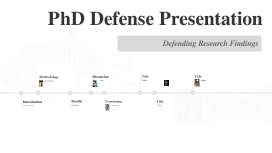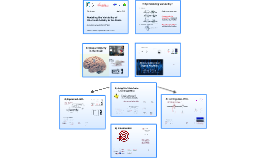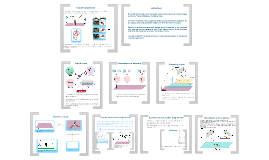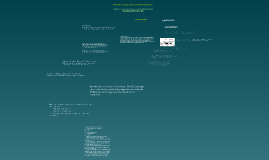PhD Defense
Transcript: Reaction Convection Diffusion Thank you for your attention Pressure in the stented arterial wall Matching conditions on the interface Biodegradable Polymer (PLA) Fully embedded stent in the arterial wall Stiffness of the arterial wall Affinity of the arterial wall Future works Evolution of the drug mass in the arterial wall for different values of κ_r for long time (Maxwell-Wiechert model) Center for Mathematics, University of Coimbra (CMUC) FCT-Grant SFRH/BD/51167/2010 Acknowledgments Velocity and pressure in the arterial wall 3-parameter solid model Tiny expandable metallic mesh tube Non-Fickian Models for Biodegradable Drug Eluting Stents Convection Weak formulation Numerical study Modeling Where Velocity in the stented arterial wall Main assumptions PDE solver freeFEM++ 3688 elements (1968 vertices) for the arterial wall and 100 elements (83 vertices) for each stent Implicit-Explicit (IMEX) backward formula in the uniform time grid Piecewise linear finite element space for concentration and pressure Velocity and pressure in the stent A DES with topcoat Reaction Conclusions and future works Numerical Experiments Coupling the model with the blood flow equations Gradual stent embedding using moving boundary problems Fully bioabsorbable stent (ABSORB, Abbott Vascular) DES without topcoat Analytical study Mathematical modeling Qualitative behavior of the total mass of the system Motivation Maxwell-Wiechert viscoelastic model Conclusions 2D coupled model to simulate drug release from a polymeric stent to the arterial wall. Biodegradable coating and viscoelasticity and affinity of the arterial wall Three particular aspects of clinical importance are included: A: The influence of the stiffness of the arterial wall on the drug accumulation in the arterial wall, B: The effect of permeability of the stent coating on the drug release from the stent, C: The effect of affinity of the arterial wall on the dug release, Atherosclerosis Stability Drug Eluting Stent Drug release from polymeric stent into the arterial wall Publications where Viscoelastic effect Ferreira, J.A., Naghipoor, J. and de Oliveira, P. (2015), Numerical and analytical study of a coupled cardiovascular drug delivery model, Journal of Computational and Applied Mathematics, 275, 433-446 Ferreira, J.A., Naghipoor, J. and de Oliveira, P. (2013), Numerical simulation of a coupled cardiovascular drug delivery model, Proceeding of 13th International Conference on Computational and Mathematical Methods in Science and Engineering, , CMMSE2013 (II), I. P. Hamilton and J. Vigo-Aguiar (editors), 642-653, Almeria, Spain Ferreira, J.A., Naghipoor, J. and de Oliveira, P. (2014), The effect of reversible binding sites on the drug release from drug eluting stent, Proceeding of 14th International Conference on Computational and Mathematical Methods in Science and Engineering, CMMSE2014(II), I. P. Hamilton and J. Vigo-Aguiar (editors), 519-530, Cadiz, Spain Ferreira, J.A., Naghipoor, J. and de Oliveira, P., A Coupled Non-Fickian Model of a Cardiovascular Drug Delivery System, CMUC Preprint 14-13, Submitted Evolution of the drug mass in the arterial wall for different values of κ_r for long time (Fung’s model) T. Khamdaenga, J. Luo , J. Vappou, P. Terdtoon and E.E. Konofagou, Arterial stiffness identification of the human carotid artery using the stress-strain relationship in vivo, Ultrasonic 52 (3) (2012) 402-411. Arterial stiffness has been shown to be an excellent indicator of cardiovascular morbidity and mortality in a large percentage of the patients with atherosclerosis Chemical reactions in the stent 1) 1 2) 1 2 Chemical reaction in the vessel wall Reversible binding in the vessel wall Reactions in the coated stent Reactions in the arterial wall + initial and boundary conditions Initial mass the mass of plasma that enters in the system until time t the mass of hydrolyzed oligomers until time t the mass of the components that are on the boundary until time t Distribution of drug in the arterial wall in the model without binding, 30 days Distribution of drug in the arterial wall in the model with binding, 30 days







